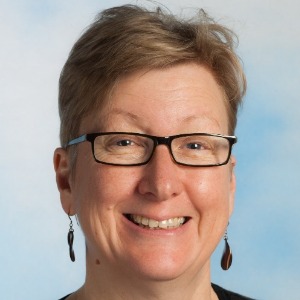Apr 23, 2020
Image analysis of immediate early gene expression in spinal cord sections
- 1University of Melbourne
- SPARCTech. support email: info@neuinfo.org

Protocol Citation: Janet R Keast, Peregrine B Osborne, Nicole Wiedmann 2020. Image analysis of immediate early gene expression in spinal cord sections. protocols.io https://dx.doi.org/10.17504/protocols.io.bakmicu6
License: This is an open access protocol distributed under the terms of the Creative Commons Attribution License, which permits unrestricted use, distribution, and reproduction in any medium, provided the original author and source are credited
Protocol status: Working
We use this protocol and it's working
Created: December 17, 2019
Last Modified: November 27, 2023
Protocol Integer ID: 31085
Abstract
This protocol is used for analysing expression pattens of immediate early gene products (e.g., c-Fos) in immunostained transverse sections of spinal cord.
Creating an image mask
Creating an image mask
Using Adobe Photoshop (or similar program) open the image of the spinal cord section to create an image mask. Create a new “layer”.
Software
Photoshop CC
NAME
Adobe
DEVELOPER
Open the “Window” menu and select “Paths” to pull up the corresponding panel. Select the Magnetic Pen to follow transitions of color and brightness within the image. Draw your vector paths over the image until you have a traced conversion of the paths and shapes within your image. Press Enter when you are done tracing a path to signal the end of the pathway.
Set the tolerance level for the pathways. Smaller levels make the path adhere tightly to what you’ve traced, while larger levels displays smooth transitions between anchor points in your path.
Save this mask: in order to maintain a transparent background, save the pathway image as a .png file and select ‘transparency’ during exporting.
Using the image mask
Using the image mask
Open the image chosen for counting neurons and its corresponding image mask. Copy the mask by selecting the whole area of the mask.
Paste the mask onto the image for counting. This will add a new layer. Using the 'free transform' tool, scale and rotate the mask to align it to the image.
Right click to access the the 'Warp' tool to further align the mask to the image.
.Export the combined image as a TIFF.
Counting
Counting
Open the TIFF file with the overlaid mask with ImageJ (FIJI).
Software
FIJI (Image J)
NAME
NIH
DEVELOPER
Set up counting: Plugins -> Analyse -> Cell Counter -> Initialize -> Add
Select the cell number that corresponds to the region being counted. Each cell number will be a different region. eg Type 1 = Laminae 1
Click on each cell in the region.
Repeat for all regions.
Save the .txt file with the xy coordinates of each cell.
3D visualization
3D visualization
Completed tilescan images are then imported into TissueMaker for 3D reconstruction. Images are ordered, rotated and aligned based on structural landmarks. Reconstructed spinal cords can be visualized in a 3D space using Neurolucida 360.
Software
TissueMaker
NAME
MIcroBrightField bioscience
DEVELOPER
Software
Neurolucida 360
NAME
MicroBrightField Bioscience
DEVELOPER
